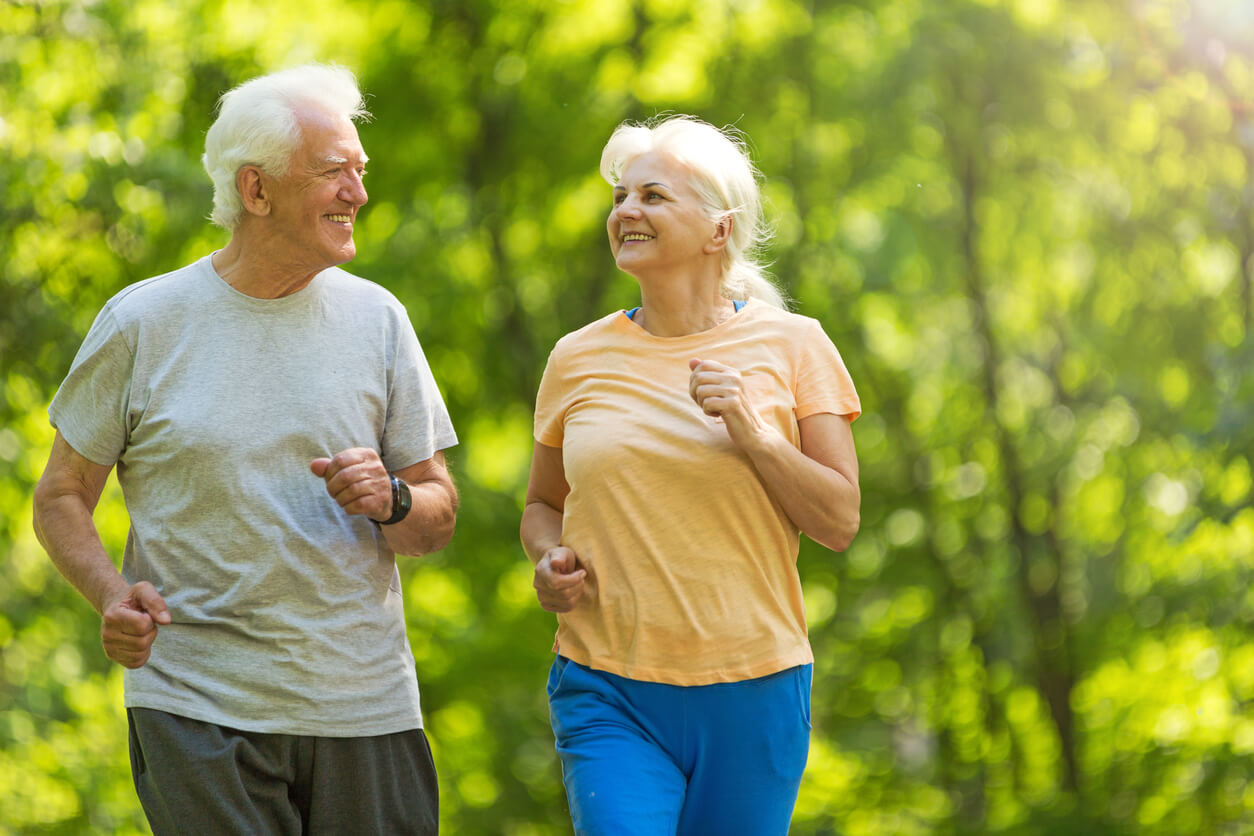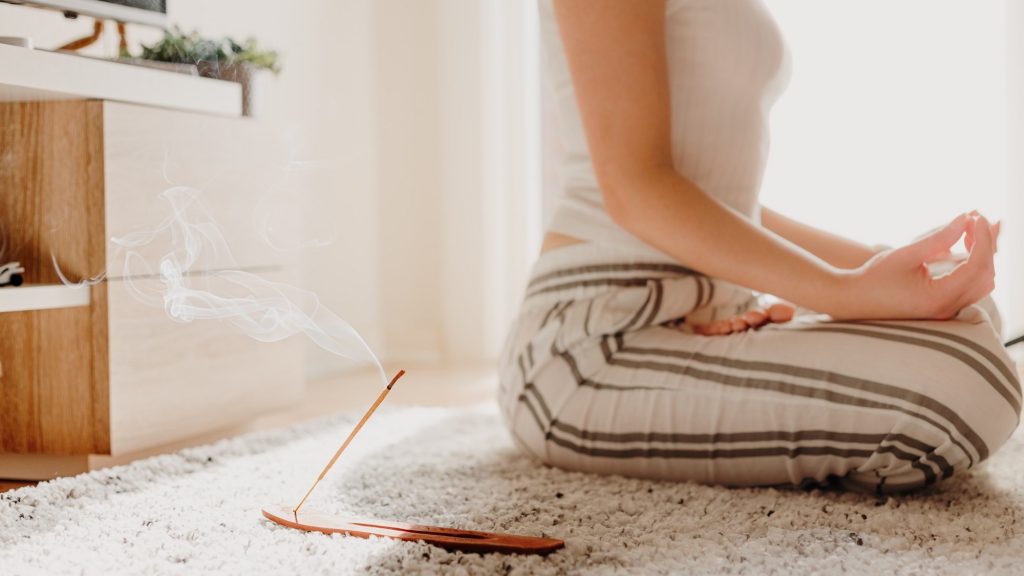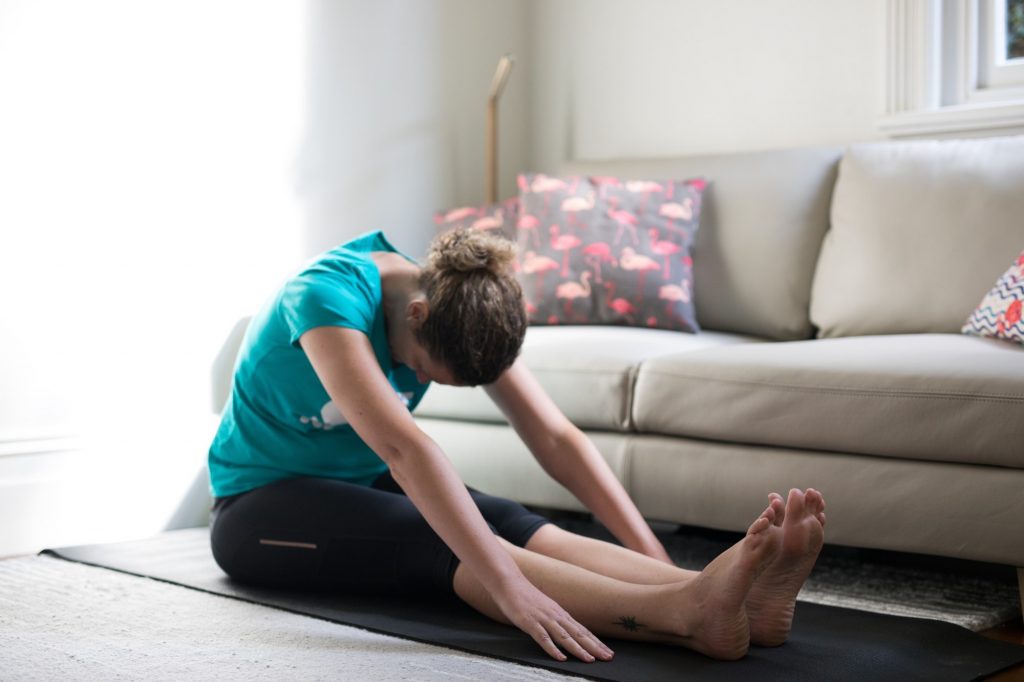New research suggests lifelong fitness could protect against age-related loss of muscle mass and function.
In the 17th century, Sir Isaac Newton defined his universal laws of motion, also known as the laws of physics. Newton’s first law of motion – sometimes referred to as the law of inertia, stated in part that a body in motion will stay in motion in the same direction unless acted upon by an unbalanced force. While he was referring specifically to the science of physics, this law has applicability in other “motions,” as well.
Recent studies suggest that lifelong physical activity could protect against age-related muscle deterioration and help keep you moving as you age. Individuals ages 68 and above who were physically active throughout their lives had a healthier aging muscle that functions better and is more resistant to fatigue than inactive individuals, both young and old. While it is still true that individuals reap benefits no matter when they start exercising, this study can help motivate younger staff and extended family members to stay active now and going forward.
How TRUE Fitness Can Help You Participate In Lifelong Fitness

Maintaining physical activity is preeminent in the active aging community. If you’re new to working out or are looking for somewhere to start, TRUE Fitness can help support exercisers with premium treadmills, low-impact ellipticals, and residential bike machines that are accessible and easy to use.
TRUE’s premium home fitness equipment is designed to help you reach your fitness goals, regardless of skill level or available space. For over 40 years, TRUE Fitness has been developing and innovating some of the most orthopedically correct treadmills in the industry. Some TRUE treadmills feature our patented TRUE Soft Select® System, which allows users to modify the firmness of the running belt for a tailored experience. Adjusting the impact on a scale of 1 to 8 (with one being the softest and eight the firmest) provides the perfect impact levels for every user regardless of fitness level, injury level, or otherwise.
Whether you plan to use them in your home gym or in a fitness facility, you can reap many health benefits and engage in lifelong fitness with any of these options.










